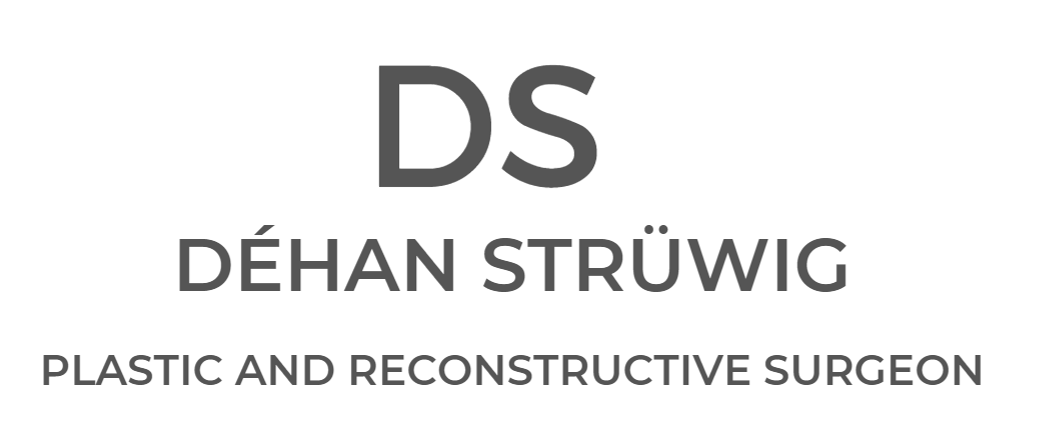Much of what happens in my practice, from a patient’s first visit until the final follow-up visit about three months later, occurs behind the scenes.
The admin team ensures this journey is uneventful, timeous, and pleasant.
Arranging appointments requires clear thinking, keen minds, and careful planning to ensure everything falls in place at the right time and nothing is forgotten. Diaries need to be planned at least a year in advance and needs to consider the impact of public holidays and leave dates on patients. This is an intricate balancing act.
This is how I meet my patients
Having been in private practice for quite some time means that I have many repeat patients – patients who have become part of the practice family over the years and have referred many of their friends and family. There is no more significant support than word-of-mouth referrals, and I appreciate each.
I believe in surrounding myself with experts. To this end, I have built relationships with healthcare practitioners I treasure and respect. They refer patients to me when they need my assistance and are an essential part of my new patient referrals.
Trauma is still a part of my life, and I meet many patients under regrettable circumstances. Some have sustained devastating injuries at work, others have slammed their fingers in doors, fallen off jungle gyms, bicycles, or motorbikes, and others have accidentally spilled hot drinks over themselves or their children.
Administrative processes
Paperwork is an inevitable part of any practice. This consists of a wide array of internal and external documents that must be completed.
My admin team collects information about patients for the practice, the hospitals where I operate, anesthetists and other service providers involved with the patient’s treatment.
Internal processes like surgery involve many documents to ensure the patient’s journey is adequately planned. Everyone must understand what will happen, who will be involved, what is required, and what needs to be arranged.
Non-surgical procedures also require detailed planning, extensive documentation, and consideration.
Admin requirements are numerous. This includes detailed written motivations to medical aids to explain why surgery should be performed, reports for insurance companies, medical reports for the road accident fund, lawyers and insurance companies, progress reports for injury on duty patients, and progress reports for medical aids for complex cases or extensive wound care.
The intricate dance behind the scenes
My admin team forward the necessary information to patients about what to do or not to do before surgery, when to arrive for surgery, and finally, when follow-up visits are scheduled.
Behind the scenes, they would ensure that patients receive quotations before surgery, are informed of their surgery date, who the anaesthetist and pathologist would be, and obtain authorization from medical aids.
Then follows the process of arranging surgery, planning which patient to be operated when and ensuring that anesthetists and pathologists have been arranged. On average, it takes 60 to 90 minutes to complete this process for each patient scheduled for surgery.
My admin team ensures that pathology results are received as soon as possible after surgery and that these results are communicated to patients as quickly as possible. After surgery, the dance to complete the process continues, ensuring that patients attend follow-up visits. At the same time, I also try to include a courtesy call after surgery to each patient.
Now follows the final process of billing for surgery, submitting accounts to medical aids, collecting copayments from patients, and ensuring medical aids process payment of claims correctly. I send a letter with pathology results to all referring practitioners to ensure they are updated with my patients’ medical history.
Specific procedures and processes are more straightforward – arranging non-surgical procedures such as Botox and dermal fillers is easy and less time-consuming. In contrast, reconstructive procedures, such as reconstruction after breast cancer or ear reconstruction, and even some cosmetic surgery procedures, are far more complex and time-consuming to organize.
The clinical journey
While the administrative process is time-consuming and essential, the clinical journey is why patients visit the practice. Therefore, I must be well-informed and well-prepared for this journey.
This includes discussing challenging cases with colleagues, constantly staying up to date with new techniques and procedures, and ensuring that I am healthy, well-rested, and prepared for every surgery. I expect the same high standards from my support staff in theatre, including the anesthetist and the theatre staff, and everyone else involved in the clinical journey of my patients.
Then follows ward rounds after surgery and the journey of post-operative recovery, which includes wound checks, removal of sutures, opening skin grafts, dressing changes, month-long treatment of chronic and complicated wounds, and the necessary emotional support of patients and their family during this process.
The availability after surgery to attend to complications and emergencies, and the phone calls to patients or their family members to encourage, support, and inform.
And then we say goodbye (till next time)
All good things come to an end, or so the saying goes, and often, far too soon, as a team, we wish our patients a final goodbye as they reach the end of their journey with us. With each goodbye, they take a little bit of us with them. Our lives are enriched by the tapestry of patients that are part of our lives daily.
We sincerely hope, as a team, that you have good memories of your journey with us.
If we somehow placed a stumbling block in your path, we hope you would tell us about it and allow us to change this stumbling block into a stepping stone for the next patient.

